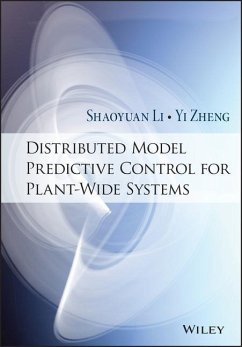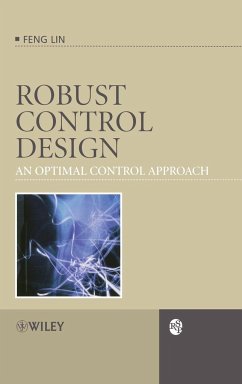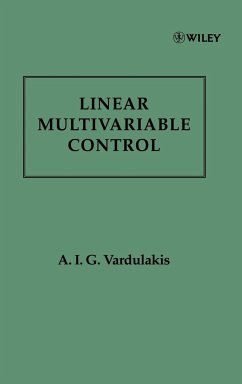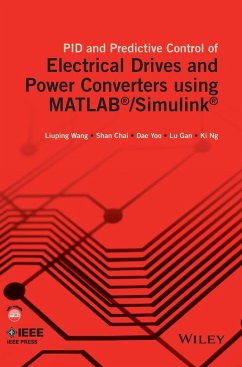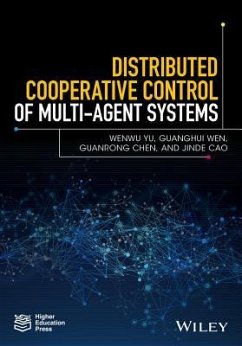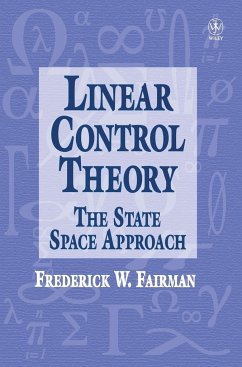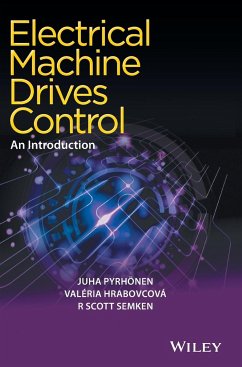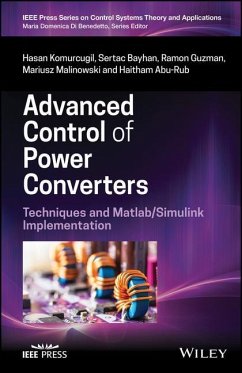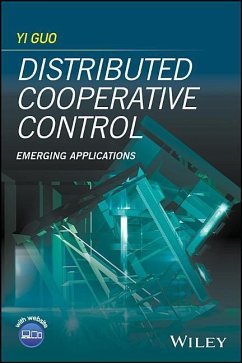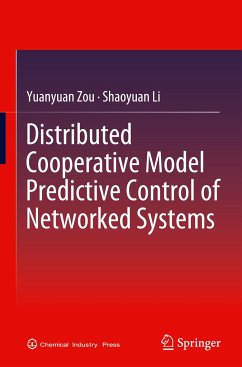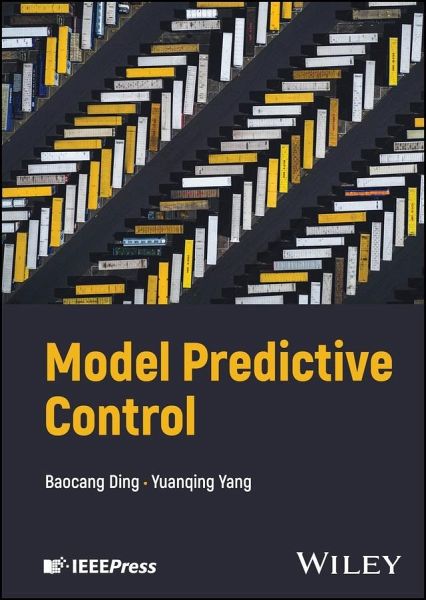
Model Predictive Control
Versandkostenfrei!
Versandfertig in über 4 Wochen
119,99 €
inkl. MwSt.
Weitere Ausgaben:

PAYBACK Punkte
60 °P sammeln!
Understand the practical side of controlling industrial processes Model Predictive Control (MPC) is a method for controlling a process according to given parameters, derived in many cases from empirical models. It has been widely applied in industrial units to increase revenue and promoting sustainability. Systematic overviews of this subject, however, are rare, and few draw on direct experience in industrial settings. Assuming basic knowledge of the relevant mathematical and algebraic modeling techniques, the book's title combines foundational theories of MPC with a thorough sense of its prac...
Understand the practical side of controlling industrial processes Model Predictive Control (MPC) is a method for controlling a process according to given parameters, derived in many cases from empirical models. It has been widely applied in industrial units to increase revenue and promoting sustainability. Systematic overviews of this subject, however, are rare, and few draw on direct experience in industrial settings. Assuming basic knowledge of the relevant mathematical and algebraic modeling techniques, the book's title combines foundational theories of MPC with a thorough sense of its practical applications in an industrial context. The result is a presentation uniquely suited to rapid incorporation in an industrial workplace. Model Predictive Control readers will also find: * Two-part organization to balance theory and applications * Selection of topics directly driven by industrial demand * An author with decades of experience in both teaching and industrial practice This book is ideal for industrial control engineers and researchers looking to understand MPC technology, as well as advanced undergraduate and graduate students studying predictive control and related subjects.





